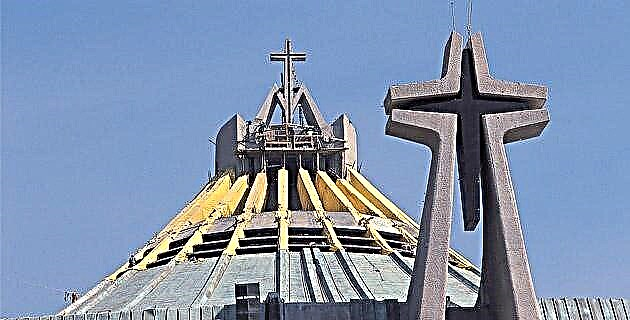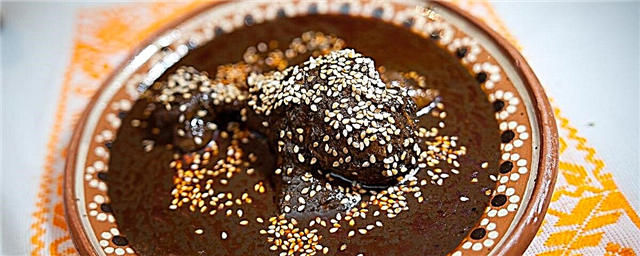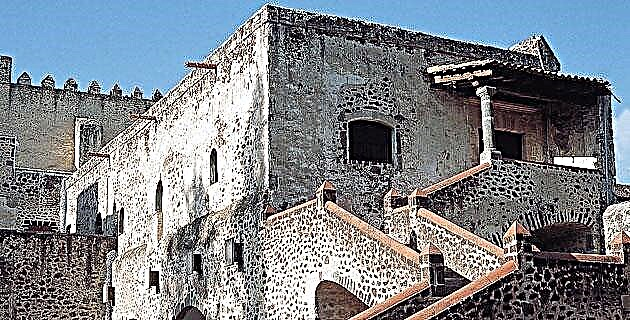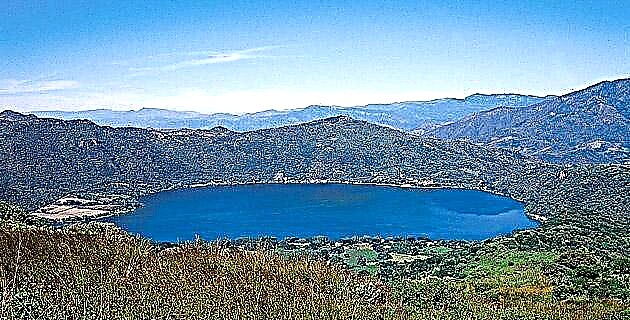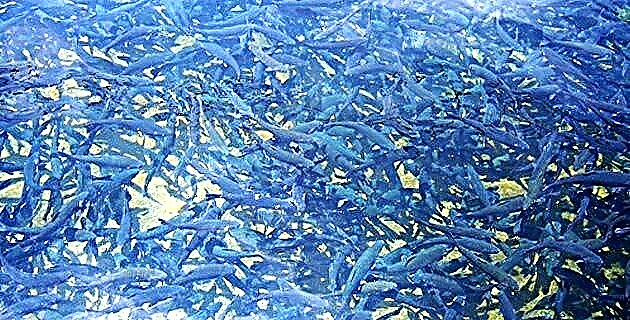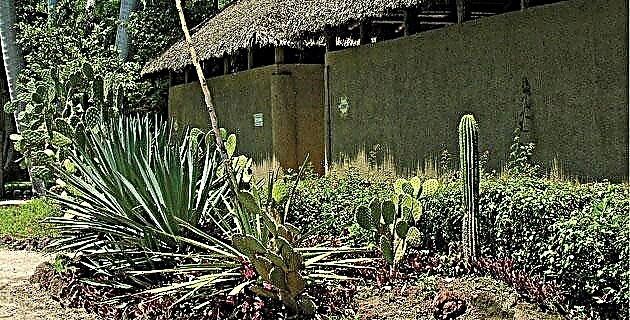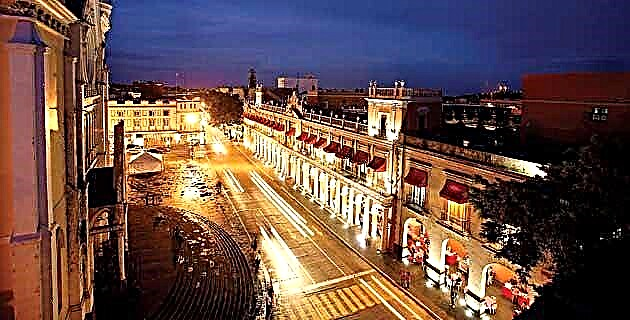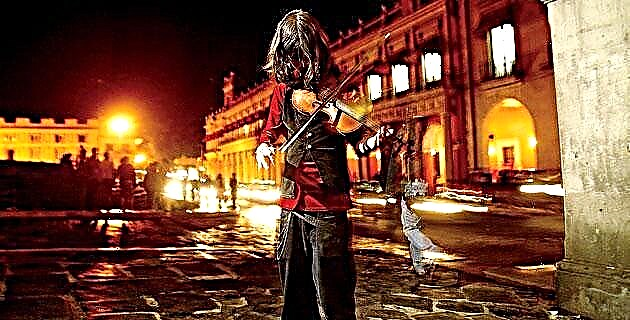
Learn about the history of the Fleet Fair, held in Xalapa for the first time in 1721.
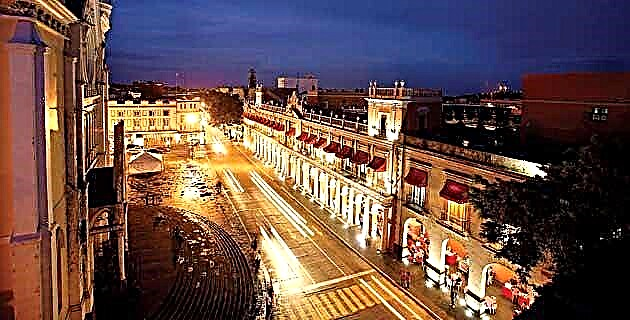 Mauricio Ramos
Mauricio Ramos
Of course, the products offered by the Fleet merchants, sold in exchange for "a deliberately undervalued silver", had to do, mainly, with the diverse needs of a Spanish and Creole population, who deposited in the acquisition of them, although were of low quality and high price, the affirmation of their difference and social rank. For example: coffee makers, candlesticks, razors, scissors, combs, playing cards, soaps, colored waters, knitted stockings and leggings; buckles, taffeta, linens, mantillas, mesh and flowery scarves, muslin, chambray; embroidery of holán batista, madras and balasor, silk and satin belt, colored marseilles, carranclans from India; German cotton and blankets and lace from Flanders, French lace, Emeties and Mamodies, were the essential elements of an outfit that reflected their social class, although on many occasions turncoat garments from the trousseau went to the wardrobe of some mestizos.
For the highly valued mining activity, pickaxes, wedges, heeling bits and barrettes were purchased. These instruments were so important within the labor dynamics of the mines, that in the "Ordinances for the government of the Pachuca and Real del Monte mines", formed by Don Francisco Javier Gamboa (1766), it was established: "... I will pretext that you lost the peak or wedge that was your position, your salary will be reduced at its precise cost ... "
For the different guilds, such as the carpenters, they bought adzes, gouges, saw blades; for stonemasons: escodas, augers; for the blacksmiths: iron in bars, carved, nailed and flat, anvils, hammers of forges and rock, and chisels.
The cultivation of the vine is prohibited in New Spain, it was essential to obtain pipes, half pipes and cuarterolas of red wine, chacalí, aloque, Jerezano and Malaga from the fleets. And to reaffirm the Spanish flavor in a meal turned out of necessity and mestizo taste, ingredients such as raisins, capers, olives, almonds, hazelnuts, Parmesan cheese, chazina hams and sausages, oil jugs and vinegar were purchased by barrels or cuñetes. All these products, because they are perishable, had to be sold in the same Port of Veracruz, in accordance with the regulations established for the Xalapa Fair.
The various objects made by men and women from across the sea that the fleets brought, became not only property as a result of the purchase made, but also a sign of prestige or reaffirmation of an identity threatened by uprooting. But, above all, they were things that taught new ways of elaborating or re-elaborating what existed in New Spain, like little Midas kings who, loaded on the back of a mule, were willing to transform the relationships of their men and women.
In contrast to the trade carried out with the articles from the fleets that arrived intermittently (even in the intermittent years), there was another of smaller size, but more constant, with other ports on the American continent than through their shipments in Brigantines, arrows, sloops, frigates and urcas, tended to satisfy the demands of the internal market, fulfilling without concession the commercial law of obtaining the maximum profit or the minimum loss, especially when there was a majority and impoverished population susceptible to dampening it.
In this way, the years that mediated between the arrival of each fleet were filled by the commerce that, through tacit or explicit agreements, or simply by smuggling, carried out by the mercantile powers of the time: England, Holland and France or the nationals themselves. Spaniards that with private boats and a license granted by the King of Spain Felipe V (1735) were made through the Port of Veracruz.
This was the case of cocoa brought by the "Goleta de Maracaibo", which had been shipwrecked to the windward side of the Port of Veracruz (1762); After most of the cargo was saved, it was deposited in the house of a winemaker in the same port. After deciding whether it had "been damaged by seawater", it was concluded that "it was not convenient for public health" because it contained "too much acrid, salty, acidic and sultry". In addition "the sea had blackened it more than it should and its smell was musty."
Faced with such a discouraging and scientific opinion, a less strict one was sought: although it was true that the consumption of cocoa was not "convenient for public health", it was also true that "mixing it in quantity with other well-conditioned cocoas and in particular if They benefit from the drink they call champurrado, pinole and chilate, which is consumed in abundance by the poor people of this country ”, their sale was allowed.
Between the large-scale trade of the fleets with high-priced products and the smaller scale of solitary schooners, plus the commercial smuggling that did not stop taking place, they reconsidered in the Spanish Crown the need to allow, first, the legal exchange with the islands of the Caribbean (1765), then suspend the fleet system and its fair considered as a trade stall and, finally, open the doors to the free trade regime (1778).
Xalapa was converted into a town that had acquired unity and meaning under the impact of the fair, although it changed its inhabitants of character, “customs and thoughts, because apart from their natural genius, they abandoned their exercises and agencies that they previously maintained, following new systems with the costume, style, manner and disposition of the European guest ”. In addition, although the fairs gave "luster to the town in extension and society", their "neighbors and patricians (...) engulfed themselves in the tinsel of imitation, transformed the machine and began and continued to invest their funds in factories of houses, which now they are closed and devastated and the people of office depopulating their homeland to populate the one that gives them food ”.
For its part, "The lots that the Indians own here are the most in the year barren" due to lack of sowing and the few who sow it "at mid-harvest cut the ear to sell the corn for a mictura (sic) that they call chilatole, being left to the misery of having to buy after all the year for their food. There is no Indian in this town, not even through rich; all do not come out of their unhappiness ... "
In the Villa de Xalapa there had been the sequel of a monopoly commercialism that had left few satisfied and many in distress; However, it remained a privileged route for muleteers, those "inland navigators" so important to the free trade that was to come.



